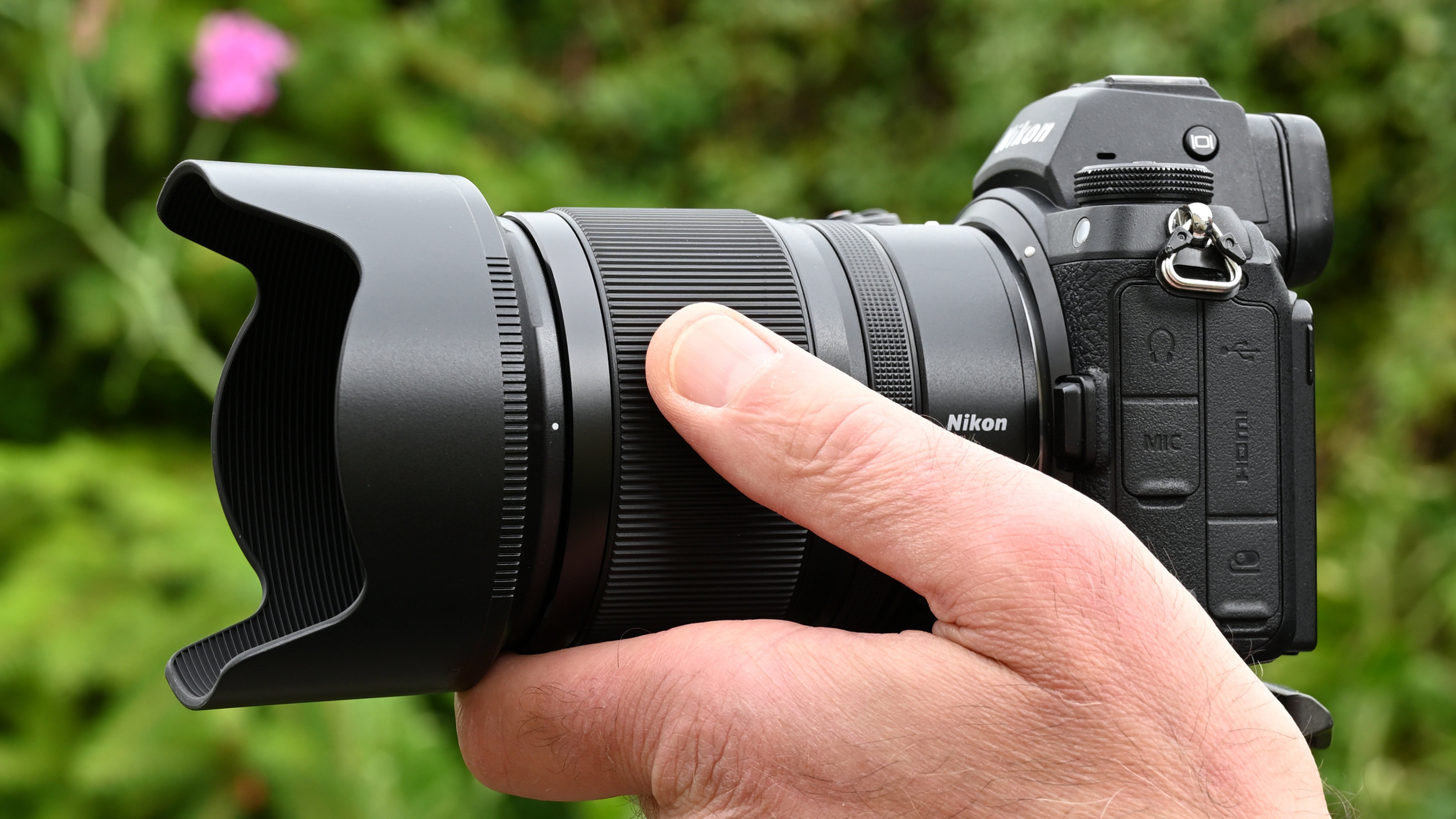
Call me old-fashioned but I’m of an age where enthusiast photographers with deep pockets bought f/1.4 prime lenses and those on a tighter budget settled for cheaper f/1.8 alternatives. That was certainly the case with Nikon’s F-mount lenses for its DSLRs but, in its Z-system line-up for mirrorless cameras, we’ve so far seen f/1.8 premium S-line lenses, jumping straight to the likes of the super-fast Nikon Z 50mm f/1.2 S and Nikon Z 85mm f/1.2 S, taking time-honored f/1.4 lenses completely out of the equation. Stranger still, while the Nikon Z 35mm f/1.8 S was one of the very first Z-mount lenses to be released, the new f/1.4 option following about six years down the line is not only faster but cheaper to buy, lacking S-line credentials.
Nikon is billing it as a perfect choice for ‘street photography,’ but I’ve always found that the 35mm focal length works great for all sorts of photo opportunities, from landscapes and architectural photography through environmental portraiture to general shooting.
Naturally, on a DX (APS-C format) Z-system body, the lens has an ‘effective’ focal length of 52.5mm, thus delivering a very standard perspective and giving it the potential to work well as a ‘nifty fifty’. All in all, the new lens looks like it should be on track to become one of the best lenses for Nikon Z full-frame cameras, as well as one of the best lenses for the Nikon Z 50 and other Z DX bodies.
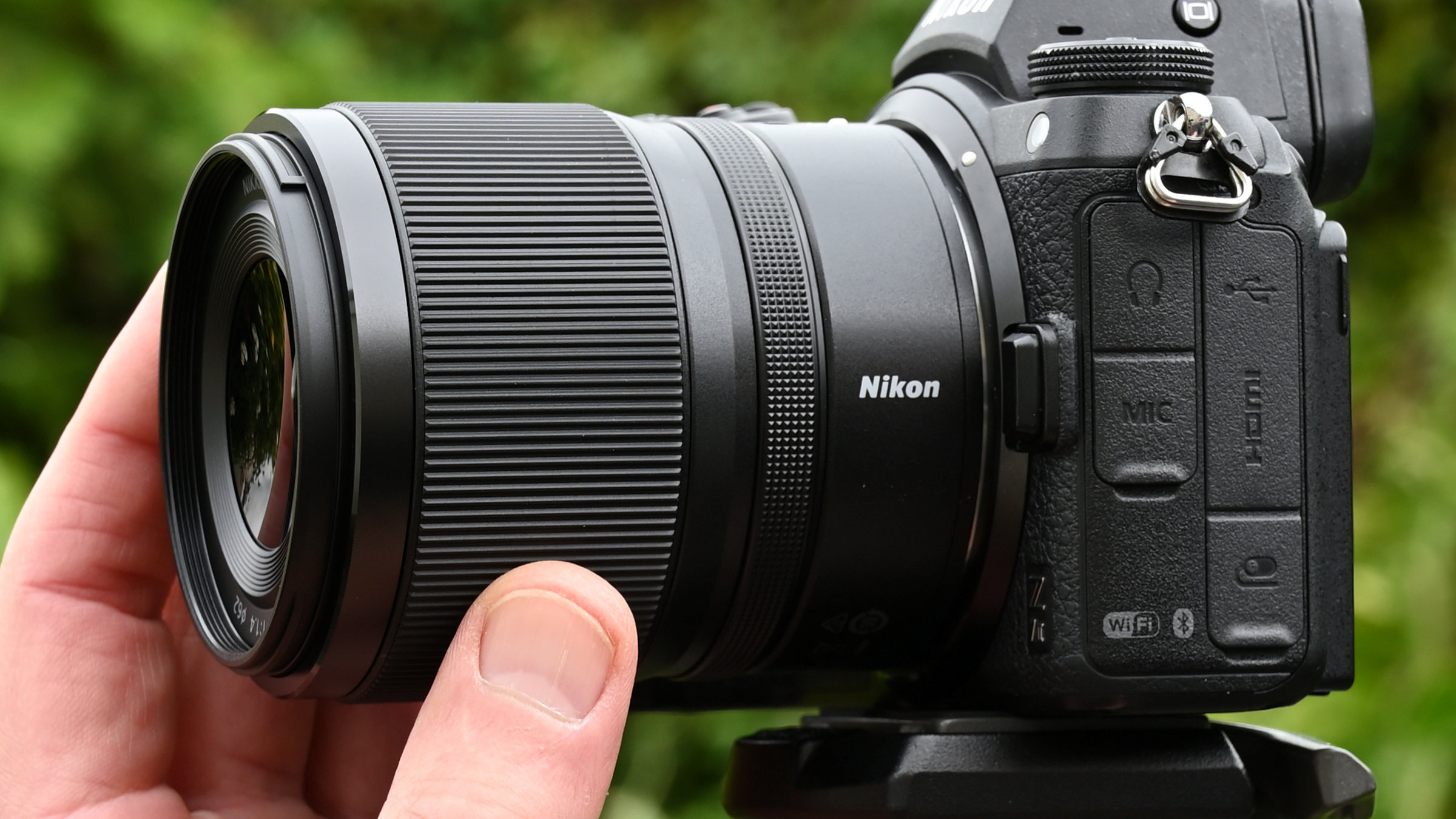
Nikon Z 35mm f/1.4: Specifications
Nikon Z 35mm f/1.4: Price
I wouldn’t call the Nikon Z 35mm f/1.4 a cheap lens but it’s certainly not expensive for an own-brand Nikon f/1.4 prime. Listed at $597/£649, it undercuts the Nikon Z 35mm f/1.8 S for price, the latter retailing at $847/£789. For comparison either side of the 35mm focal length it’s more than twice the price of the Nikon Z 28mm f/2.8 ($277/£259) and Nikon Z 40mm f/2 ($277/£259) lenses, which have an all-plastic build, right down to their mounting plates, and rather slower aperture ratings. For a few dollars more, the 28mm and 40mm lenses are available in SE (Special Edition) guise, to match the retro styling of the Nikon Z f and Nikon Z fc cameras. That’s not the case with this lens, at least not so far.
Nikon Z 35mm f/1.4: Design & Handling
Cameras like the Nikon Z 6III are designed to suit content creators, being equally adept at shooting video as well as stills. The Z 35mm f/1.4 follows the same ethos. A notable addition compared with the Nikon Z 35mm f/1.8 S is that the new f/1.4 lens has a secondary stepless control ring, as well as a main, full-sized manual focus ring. As I’d expect nowadays, both of the control rings are customizable via in-camera menus, but their obvious applications are to use the main control ring for manual focus and manual override of autofocus, and the smaller secondary ring for stepless aperture control, ideal when shooting video.
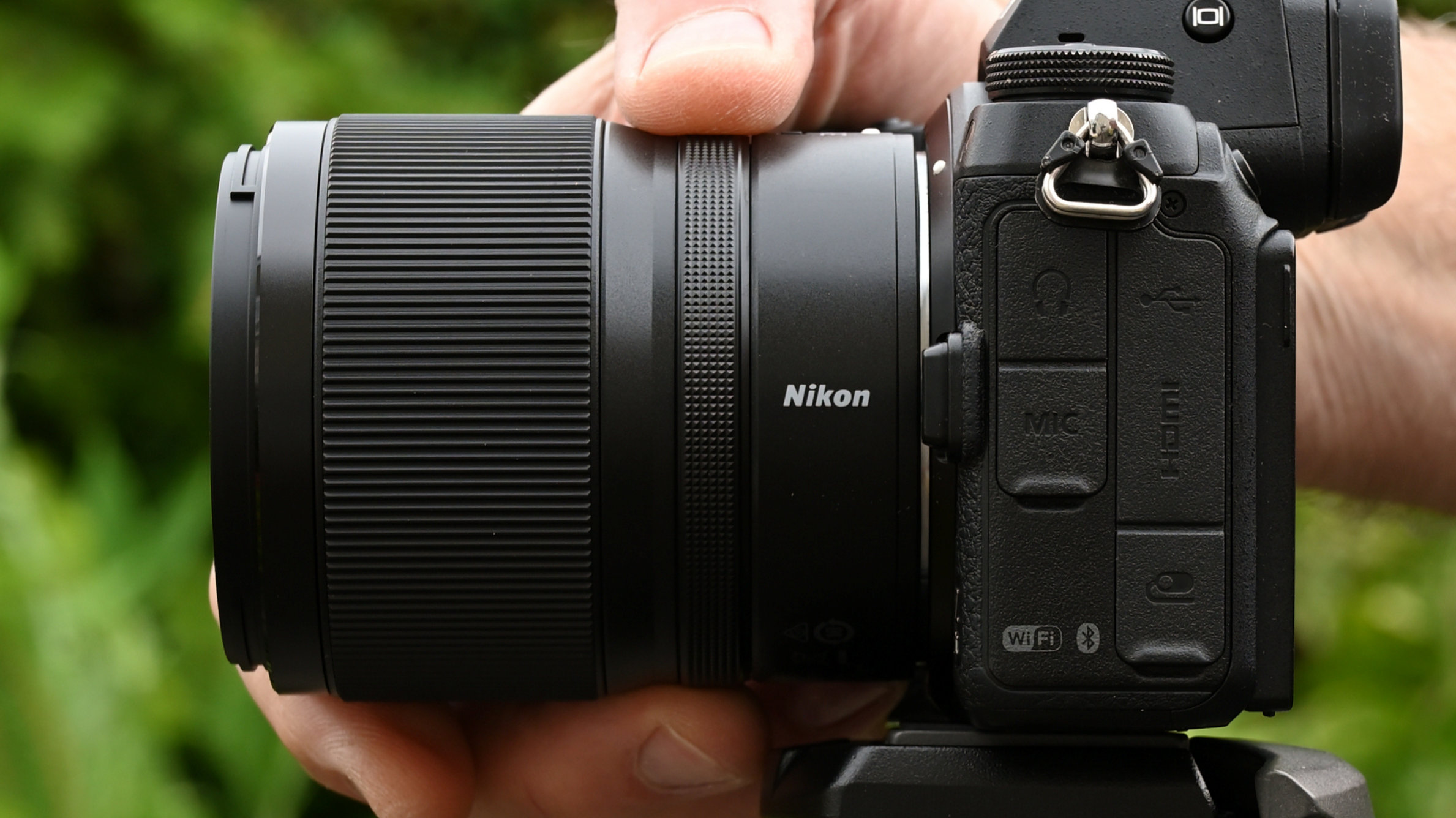
What Nikon gives with one hand, it takes away with the other. While you gain an extra control ring, you lose the A/M autofocus/manual focus switch that’s featured on the Z 35mm f/1.8 and many other Z system lenses. I’m not a fan of the omission, as it means I have to resort to using camera menus whenever I want to make a quick change between auto and manual focus modes.
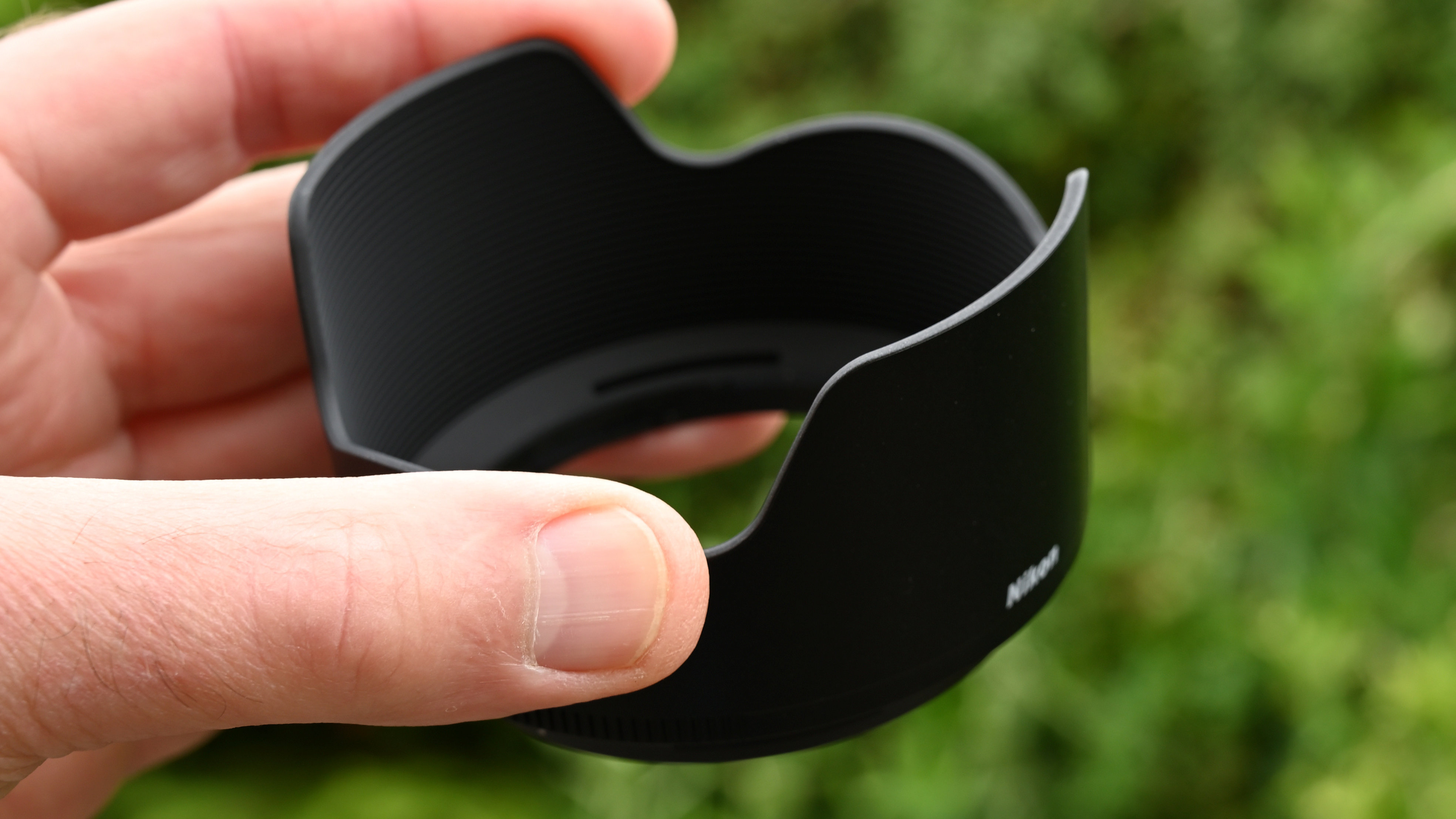
To continue the comparison between these two Z 35mm lenses, they both have an optical path that’s based on 11 elements arranged in 9 groups, a well-rounded 9-blade aperture diaphragm and a 62mm filter attachment thread. However, while the f/1.8 lens features 3 aspherical elements and 2 ED (Extra-low Dispersion) elements, this f/1.4 lens only has 2 aspherical elements and no ED elements at all. It’ll be interesting to see how that affects factors like clarity and color fringing, when we come to looking at performance a bit further on. Another difference is that the f/1.8 prime boasts Nikon’s high-tech Nano Crystal Coat for minimizing ghosting and flare, which is absent in this f/1.4 lens.
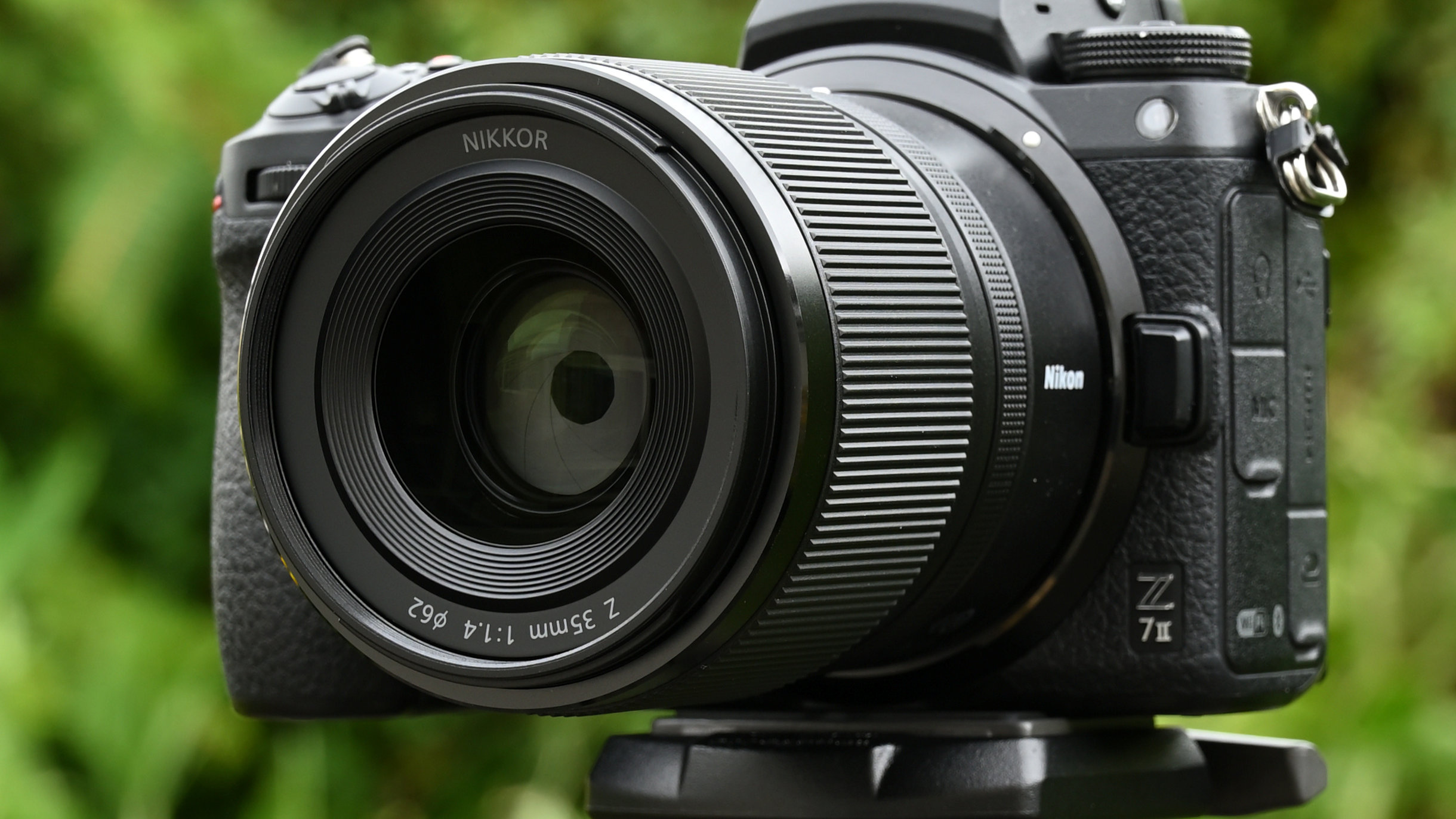
At least the lens is supplied with an effective petal-shaped hood, whereas no hood is supplied with the more budget-oriented Nikon Z 28mm f/2.8 and Nikon Z 40mm f/2 lenses. The build quality of the Z 35mm f/1.4 is rather better than in both of these other lenses. It has a more substantial metal rather than plastic mounting plate and feels a little more sturdy. All three lenses have a basic set of weather-seals to guard against dust and a light sprinkling of rain.
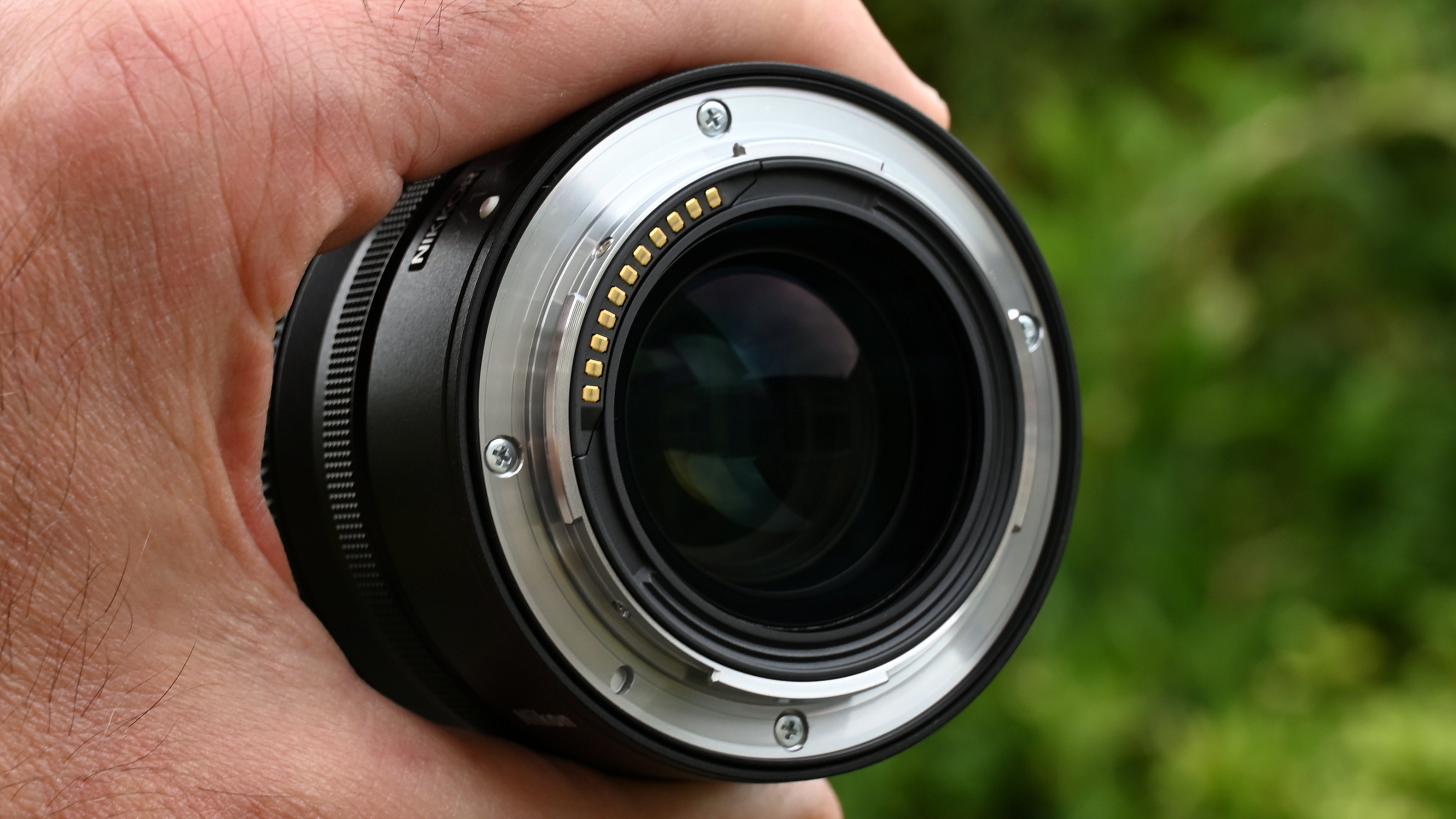
Nikon Z 35mm f/1.4: Performance
Autofocus is typically rapid and virtually silent, as well as enabling smooth transitions when shooting movies, thanks to the now-common linear stepping motor arrangement. I found that autofocus performance was consistently accurate during my testing. The minimum focus distance is just 0.27m (10.6 inches), as measured from the camera body’s image sensor rather than from the front of the lens. That gives plenty of scope for close-ups, where the f/1.4 aperture enables a fairly tight depth of field, despite the lens’s moderately wide-angle focal length. The quality of bokeh is pretty smooth and remains of good quality when stopping down a little, thanks to the well-rounded 9-blade aperture diaphragm.

Vignetting is quite pronounced when shooting wide-open, even with automatic in-camera correction applied, but becomes much less noticeable at f/2.8 and narrower apertures. Like many lenses designed for mirrorless cameras nowadays, this one relies heavily on automatic in-camera correction for distortion, which can’t be disabled in the menu system of the body. Similarly, it can’t be switched off when processing RAW files in Nikon’s NX Studio app. With the correction applied, however, distortion is negligible. The small amount of color fringing is similarly eliminated after automatic correction is applied, either in-camera or when processing RAW files.
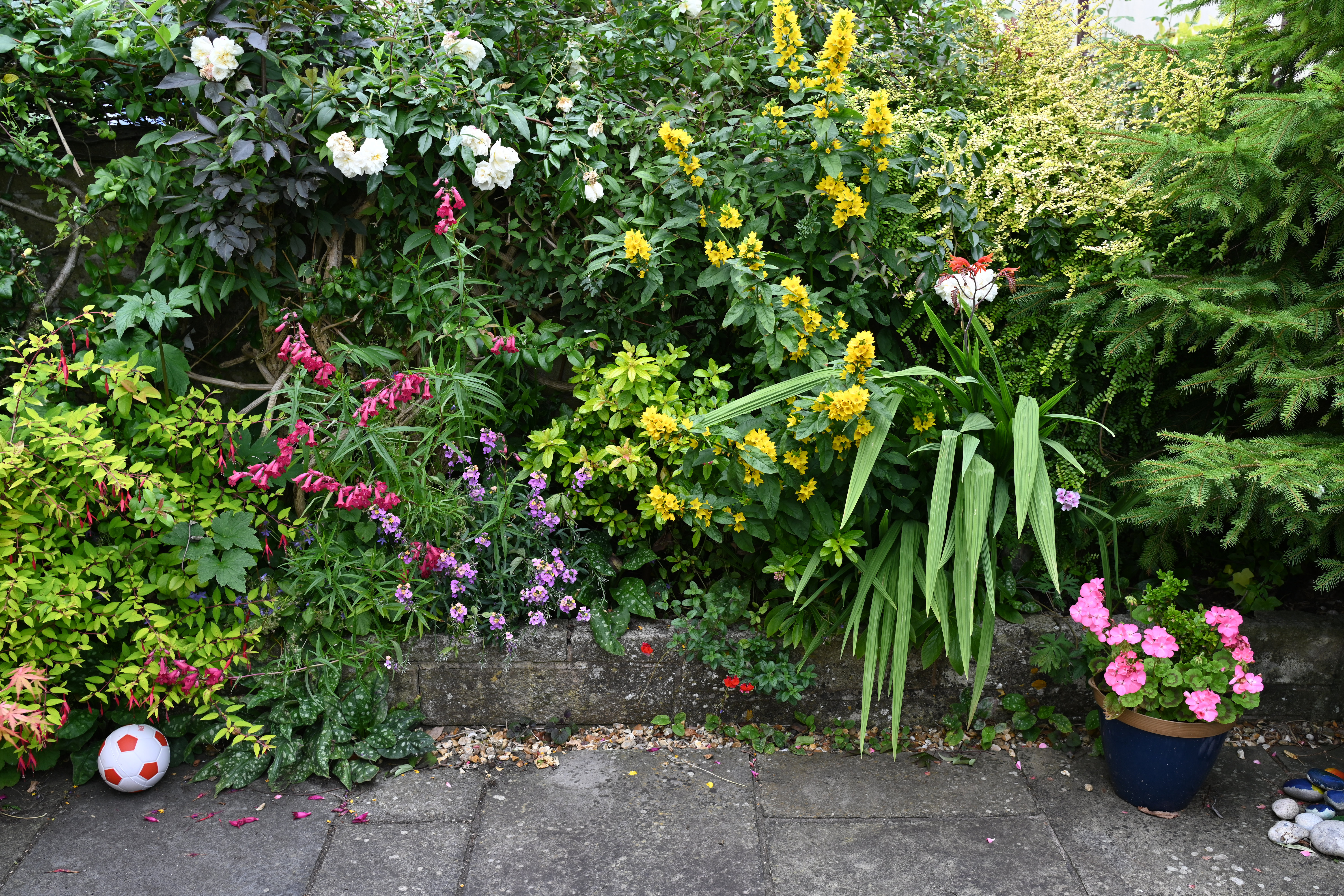
I’ve never had any problems with sharpness from any Nikon Z system lens, and this one’s no exception. Center-sharpness is thoroughly excellent even wide-open at f/1.4, although the edges don’t really get into their stride until you stop down to f/2.8 and narrower apertures. Even so, sharpness in general isn’t very far at all behind that of the Nikon Z 35mm f/1.8 S, which is one of the sharpest lenses I’ve ever tested.
Nikon Z 35mm f/1.4: Sample Images
This gallery of sample images was taken with a Nikon Z 7II, at Wells Cathedral and the adjacent Bishop’s Palace Garden, in the UK.
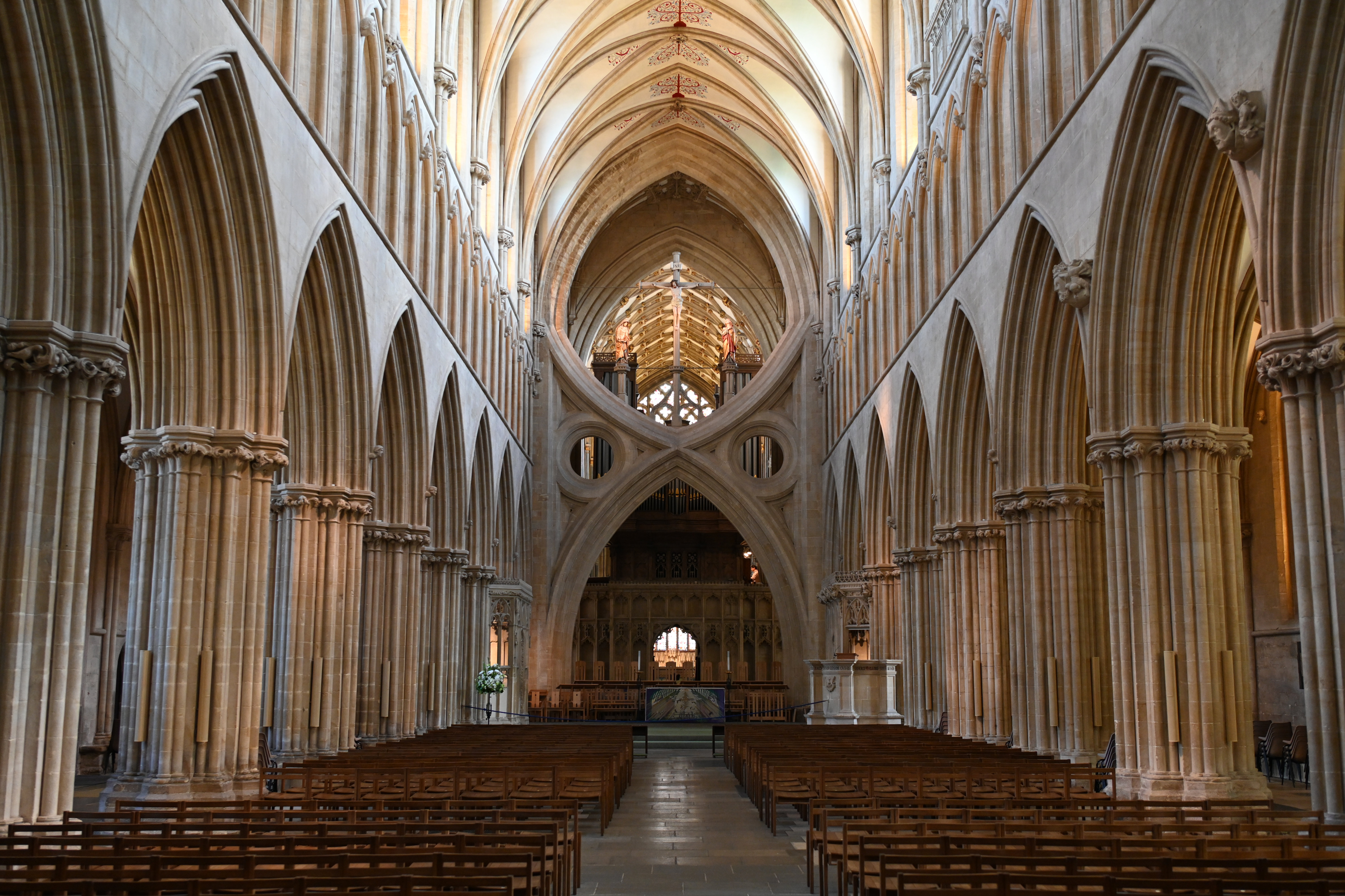
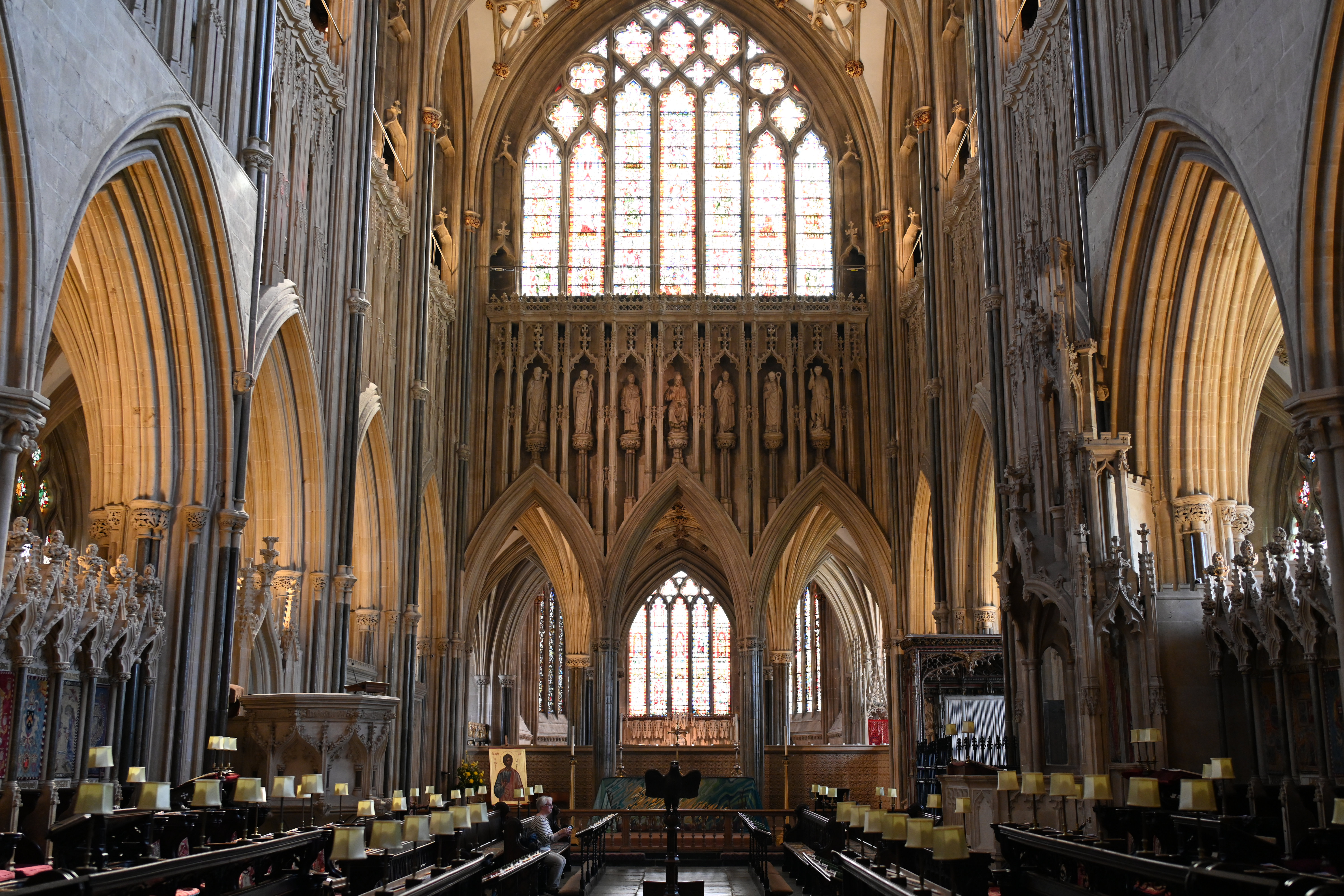

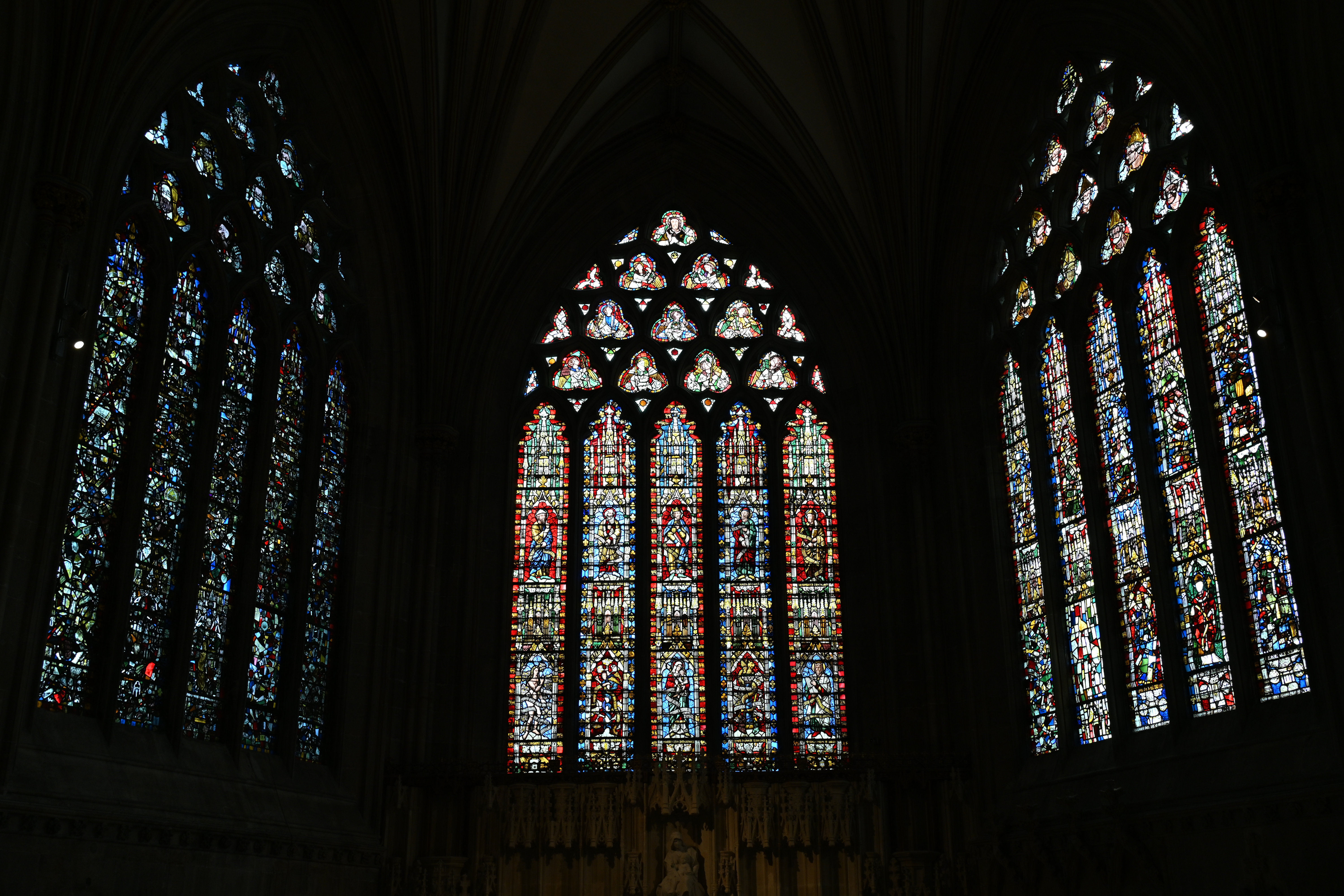


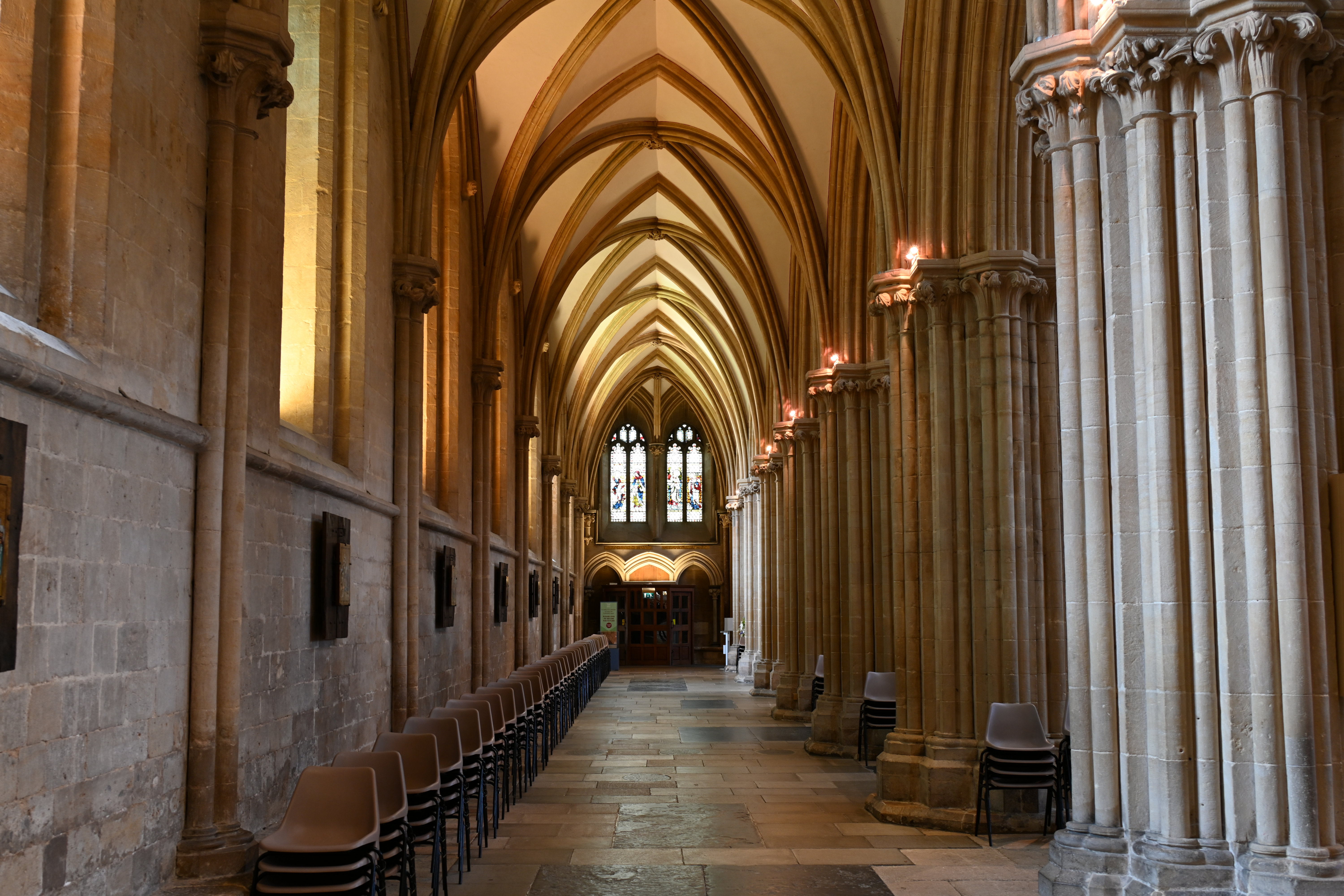
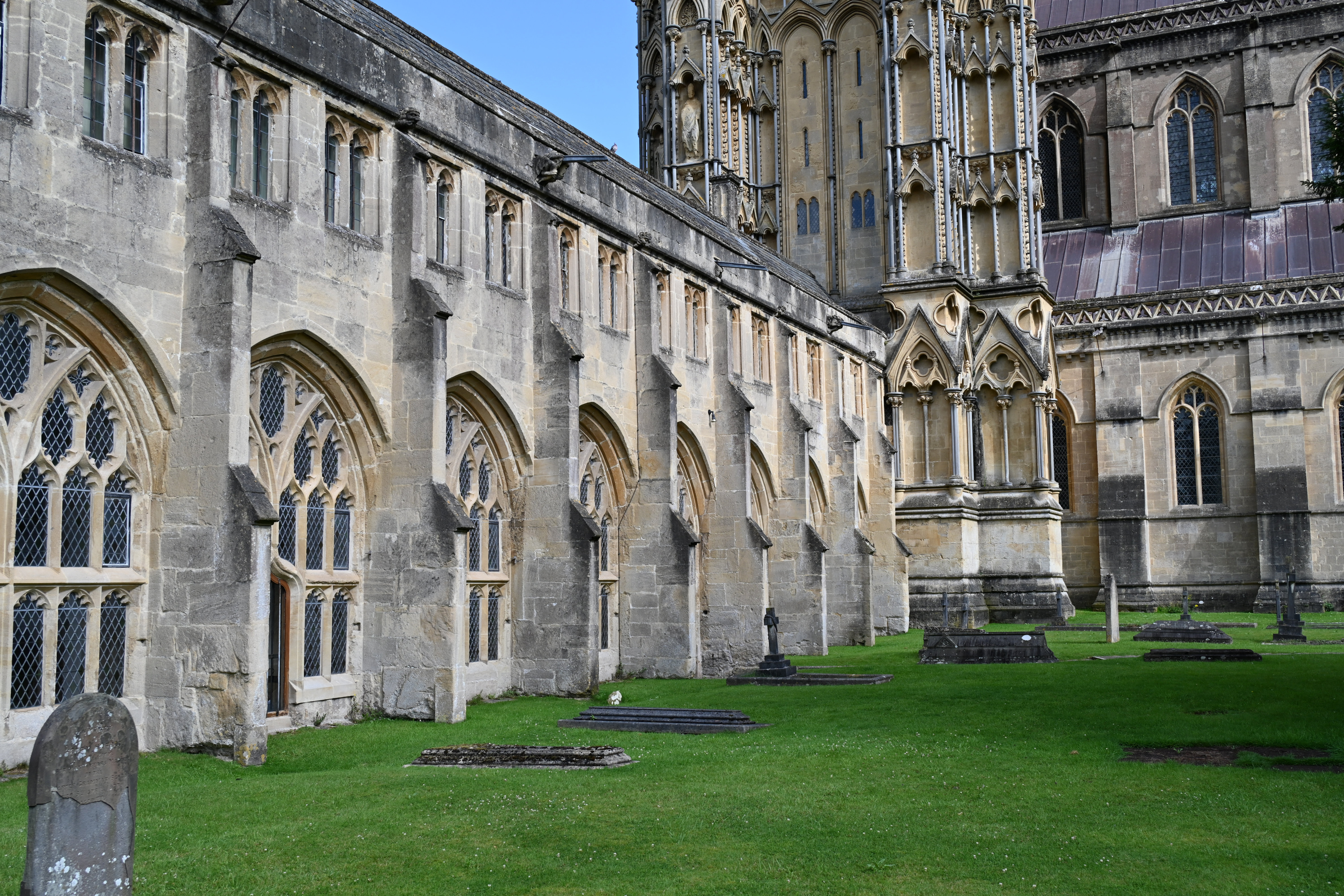
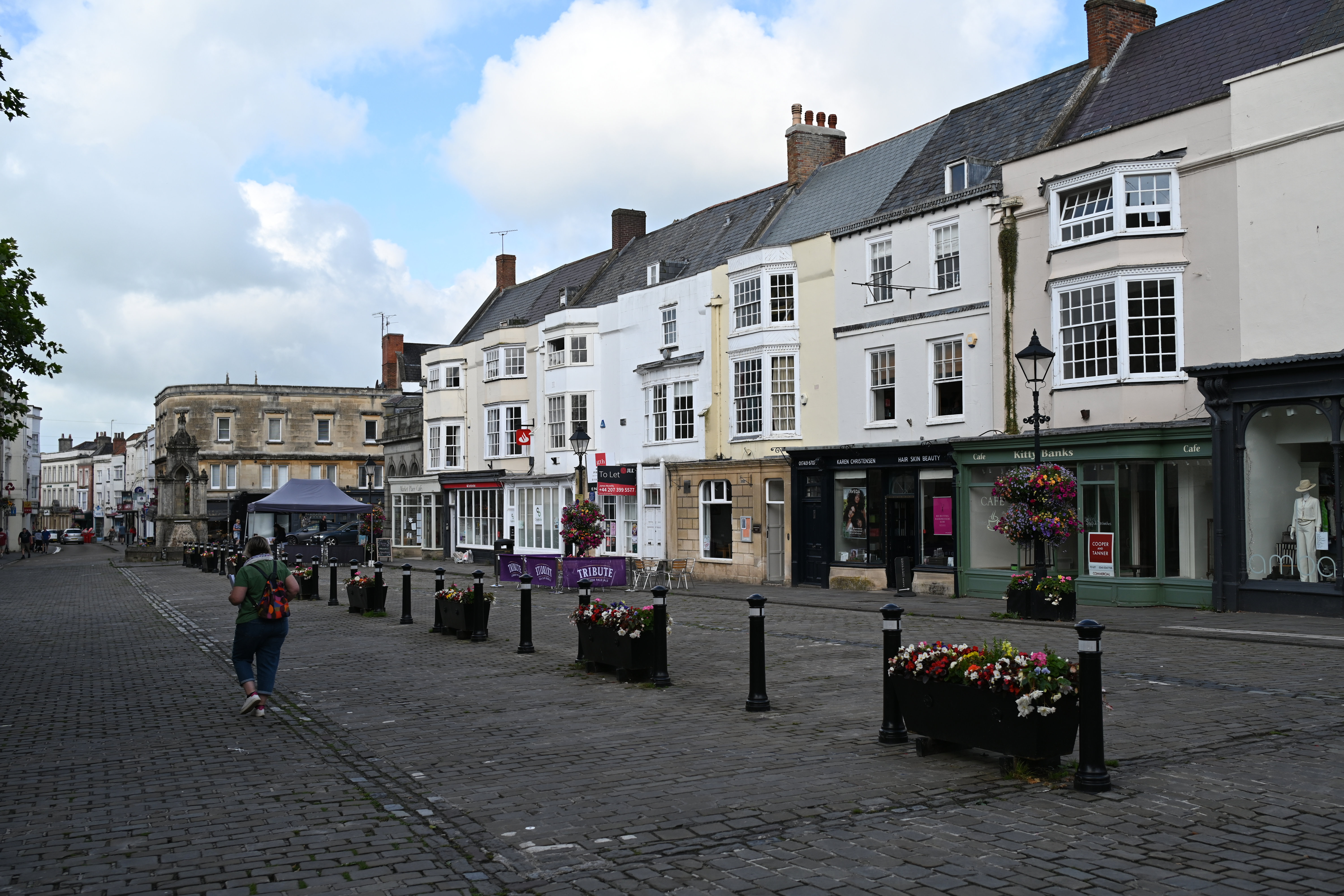






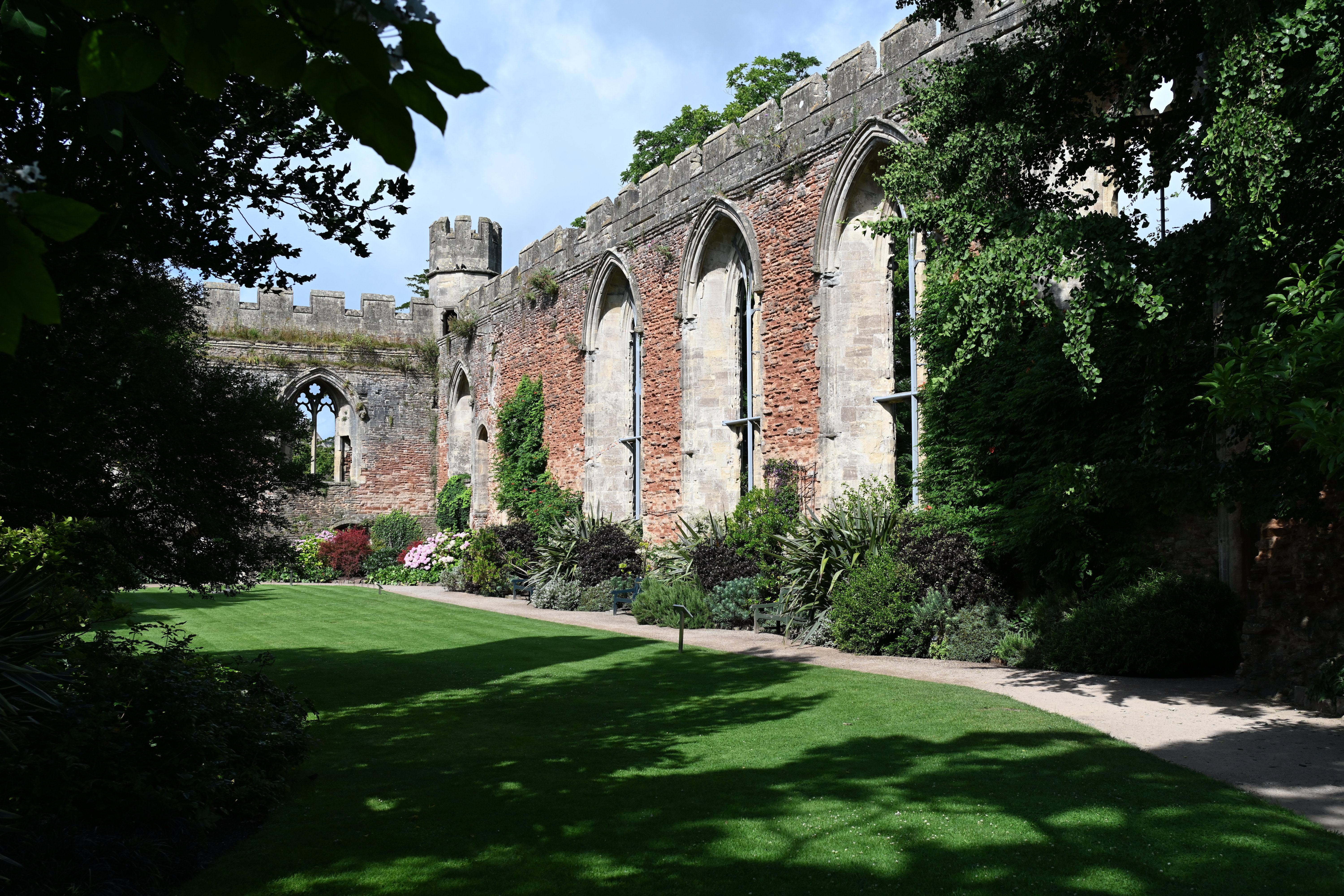
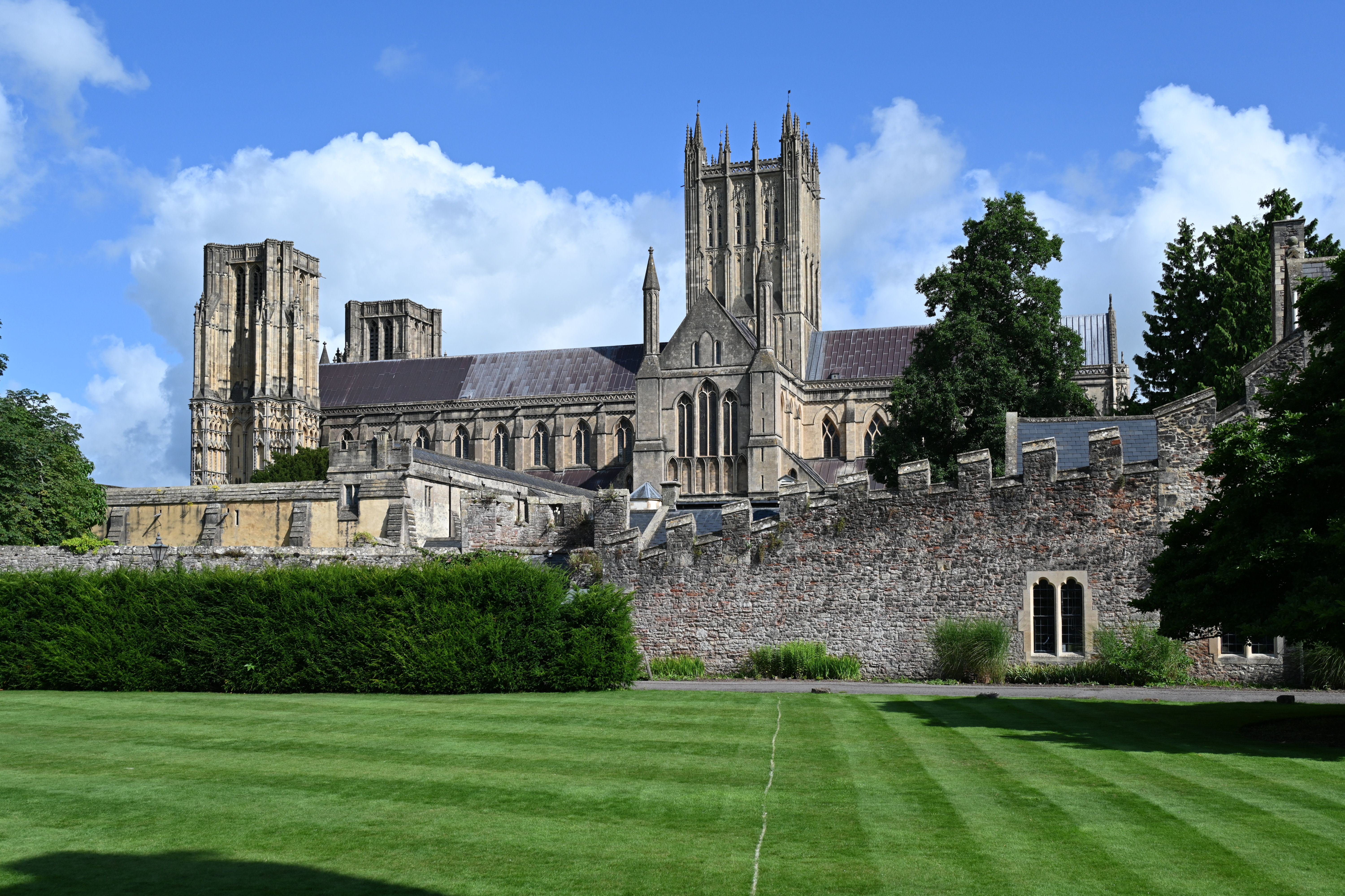
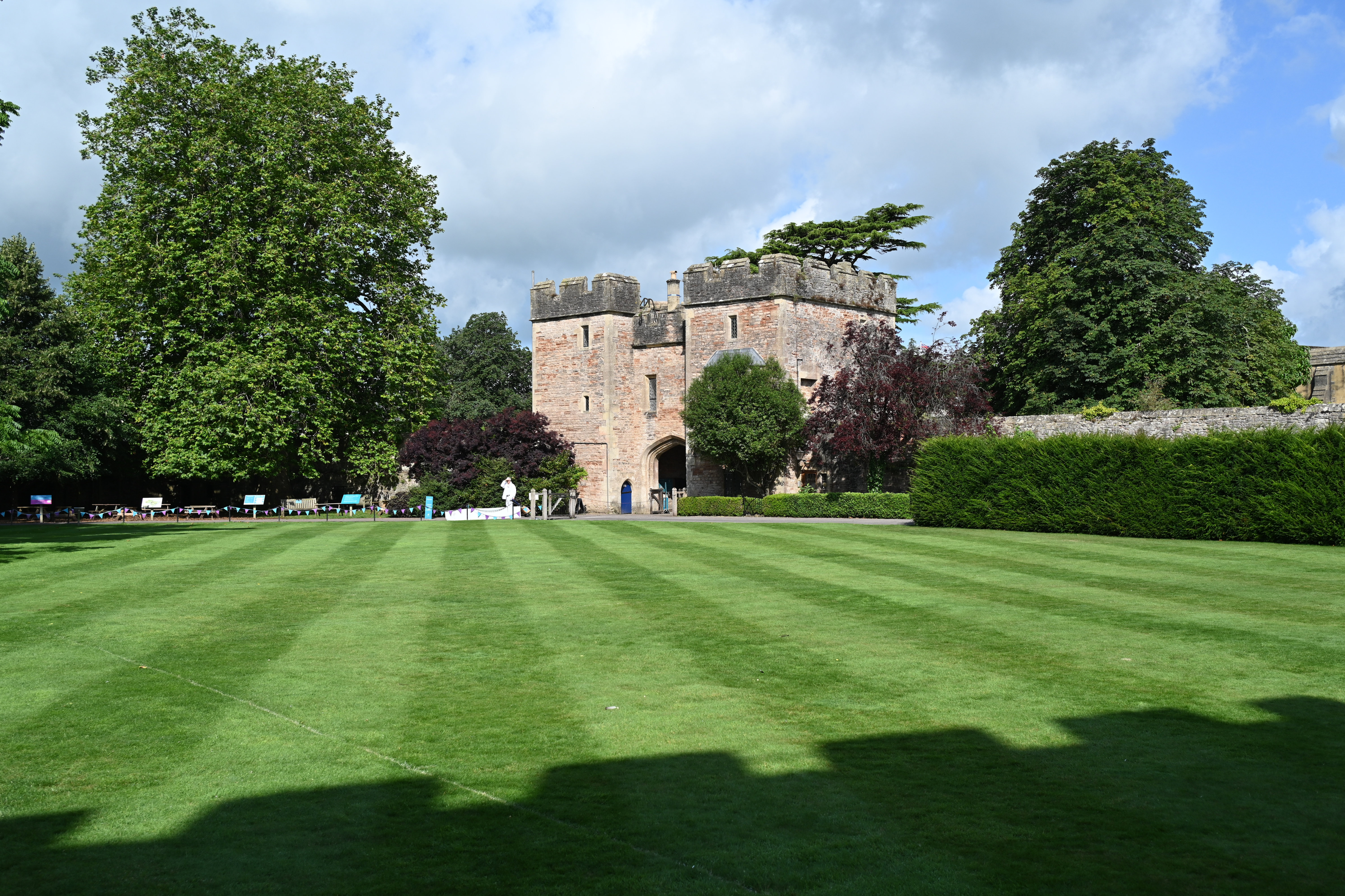
Nikon Z 35mm f/1.4: Lab Results
We run a range of lab tests under controlled conditions, using the Imatest Master testing suite. Photos of test charts are taken across the range of apertures and zooms (where available), then analyzed for sharpness, distortion and chromatic aberrations.
We use Imatest SFR (spatial frequency response) charts and analysis software to plot lens resolution at the center of the image frame, corners and mid-point distances, across the range of aperture settings and, with zoom lenses, at four different focal lengths. The tests also measure distortion and color fringing (chromatic aberration).
Sharpness:
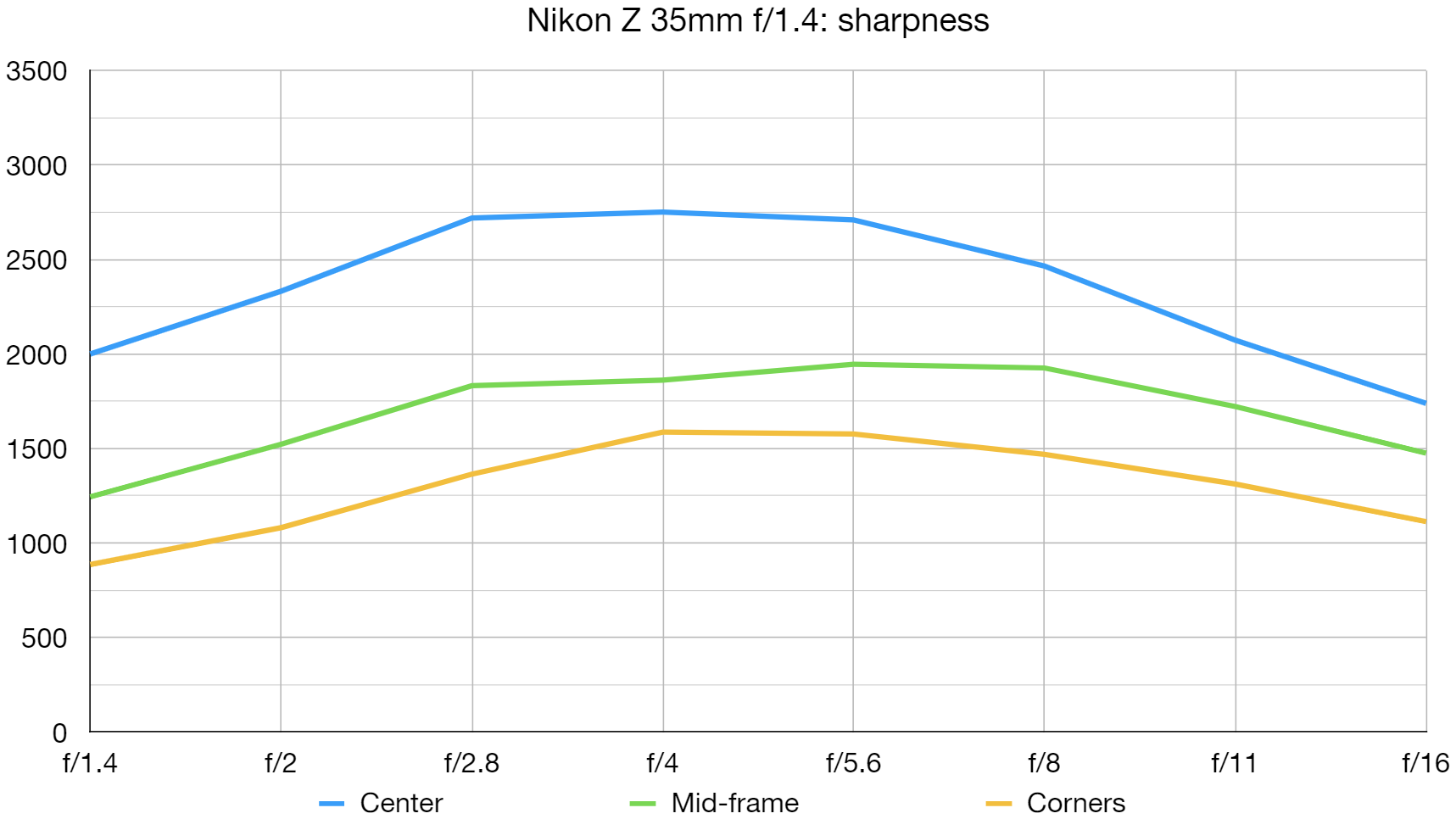
Center-sharpness at f/1.4 is exceptional, although edge/corner-sharpness is merely average at this aperture. Stop down to apertures of between f/2.8 and f/11, and sharpness is excellent across the whole image frame.
Fringing:
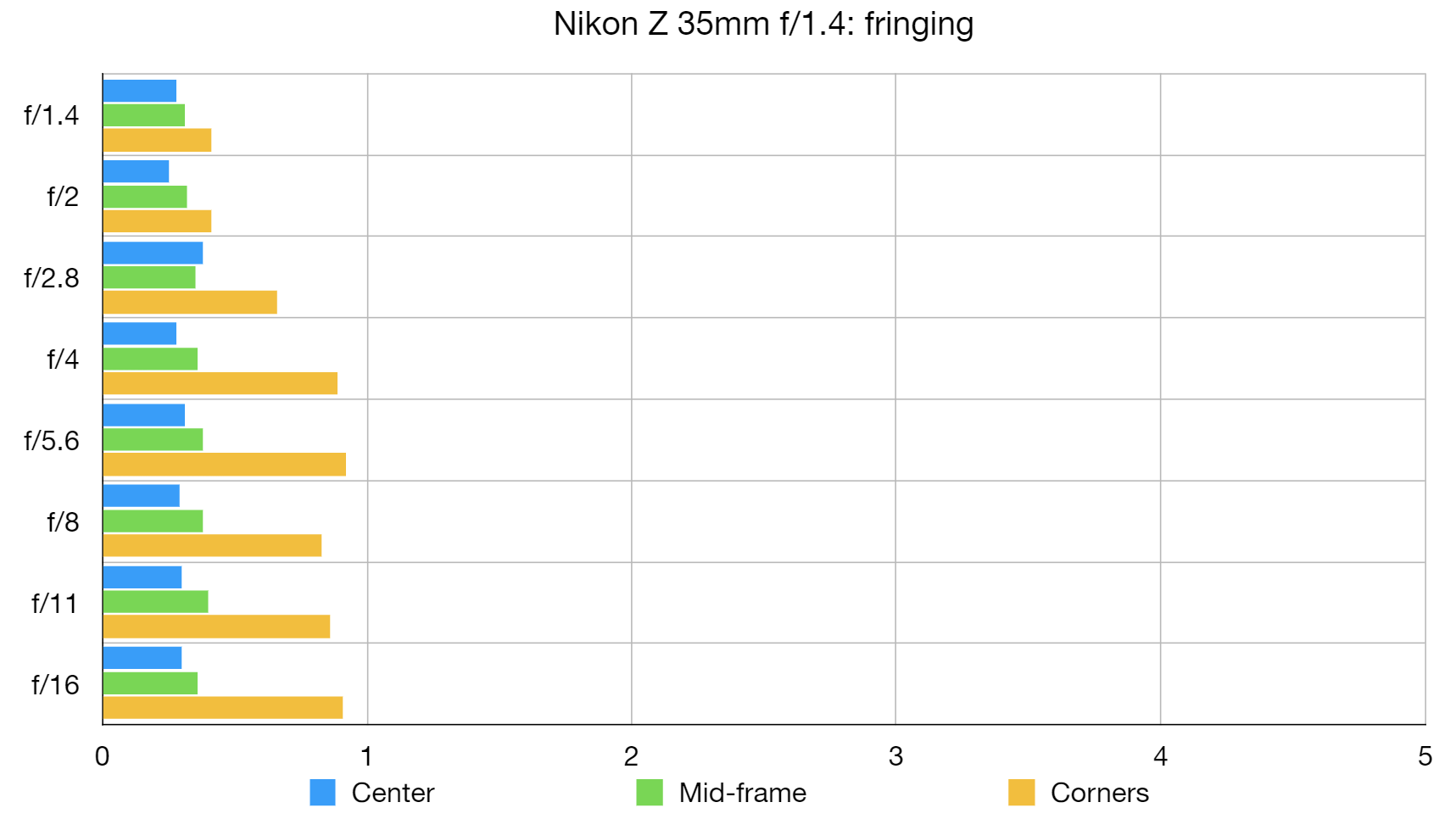
Color fringing at all competing apertures is a little worse than from the Nikon Z 35mm f/1.8 S but it’s still of a pretty low order, and well within the remit of automatic in-camera correction, which works as a complete fix.
Distortion: 0.02
Like many recent lenses, this one relies on automatic in-camera correction for distortion, which can’t be disabled in the shooting menu. With the correction applied, however, it essentially works as a virtually zero-distortion lens.
Nikon Z 35mm f/1.4: Verdict
I like that Nikon has made a full-frame compatible Z system 35mm lens with a fast f/1.4 aperture rating, and for a pretty reasonable price. Sure, it lacks up-market S-line credentials and doesn’t feature any ED (Extra-low Dispersion) glass, nor any fancy high-tech coatings, but it boasts fast autofocus and very good image quality. The extra stepless, customizable control ring is ideal for aperture adjustments, making the lens well suited to videography as well as stills photography. All in all, it’s a good job well done by Nikon.
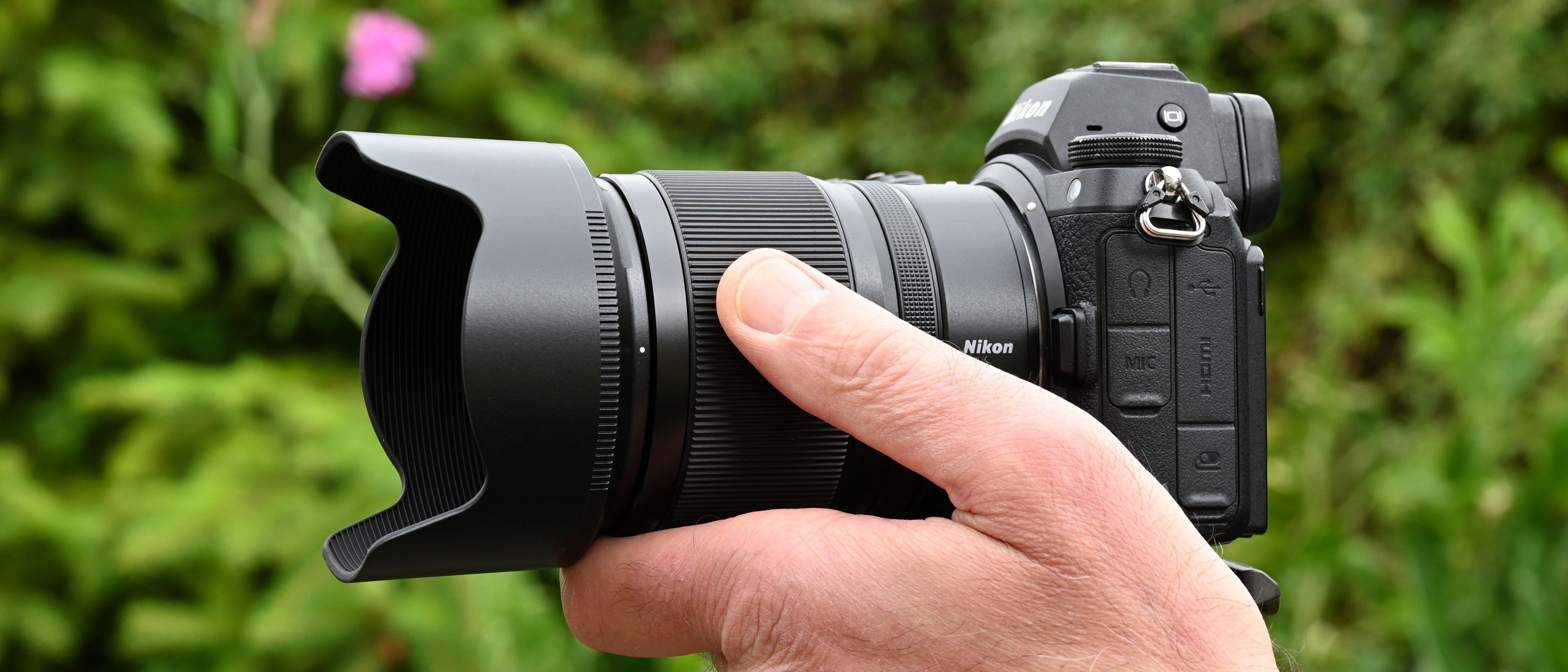
Should you buy the Nikon Z 35mm f/1.4?
✅ Buy this...
- You like the field of view of a 35mm lens and feel the need for a fast f/1.4 aperture for freezing motion or a tight depth of field.
- You shoot video as well as stills, and can make use of the additional stepless control ring for aperture adjustments.
🚫 Don't buy this...
- You’re happy with an f/1.8 aperture rating. The Z 35mm f/1.8 S is a superior S-line lens that doesn’t cost much more to buy.
- You’d rather go for a more budget friendly alternative. The Z 40mm f/2 and Z 28mm f/2.8 retail for less than half the money.







